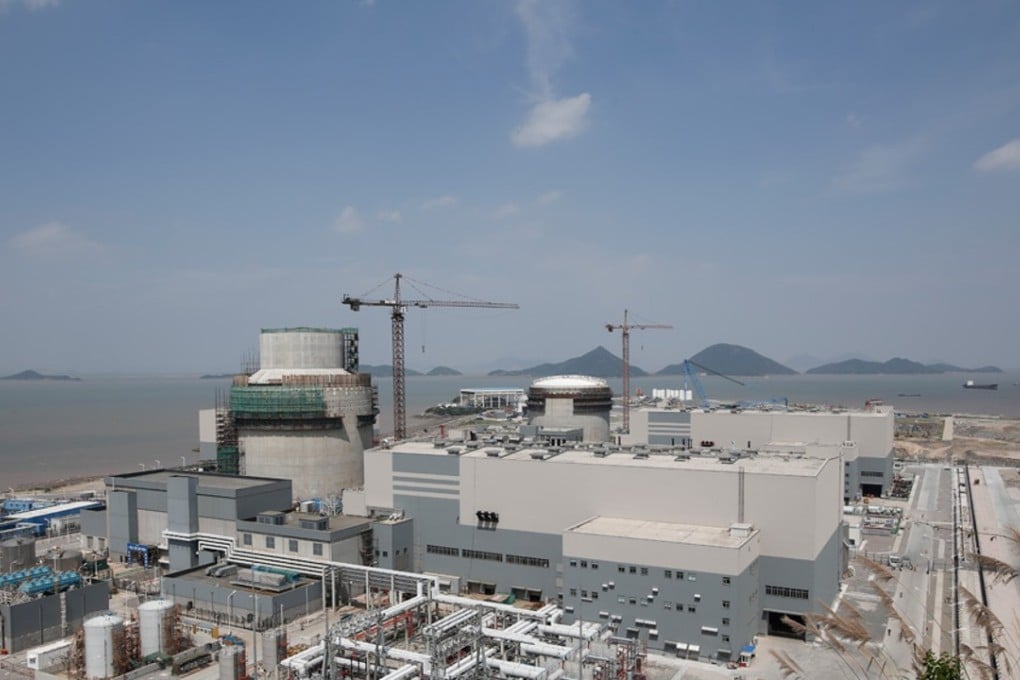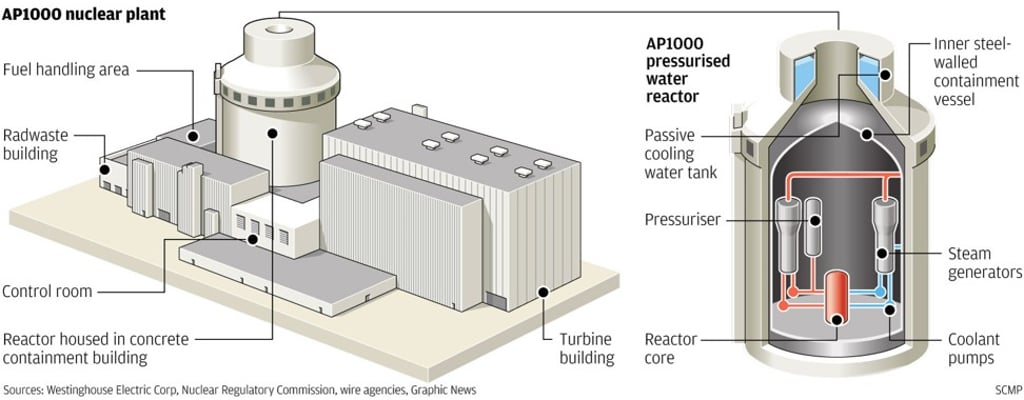China pips US in race to start the world’s first meltdown-proof nuclear power plant
China has 20 nuclear power plants under construction, more than any other country on earth. With Sanmen, the industry is hoping to get the nod to build more reactors at home, and even export the AP1000 technology.

At a small peninsula facing the East China Sea in Sanmen county in Zhejiang province sits the world’s most advanced nuclear reactor, and China’s clarion call to the clean energy industry.
Some day over the next two weeks, the power plant will start loading more than 100 fuel assemblies into the honeycomb core of its AP1000 reactor with a pair of robotic arms, people at the site said.
The arms will move at a snail’s pace, not only because each assembly costs more than 10 million yuan, but their fine metal rods hold millions of thumb-size uranium pallets which together can emit enough heat for more than one gigawatt of electricity, enough to power Tibet’s entire grid.
Many people are waiting with bated breath for Sanmen to go online, because the AP1000 “is a simple, genius solution to reduce the risk of nuclear meltdown,” said Xi’an Jiaotong University’s nuclear science professor Shan Jianqiang, the author of several university texts on reactor safety and operation. The commencement of Sanmen “can be a shot to the arm for the nuclear industry, which has been mired in trouble at home and abroad,” he said.

In plain language, the reactor is designed to be meltdown-proof.


